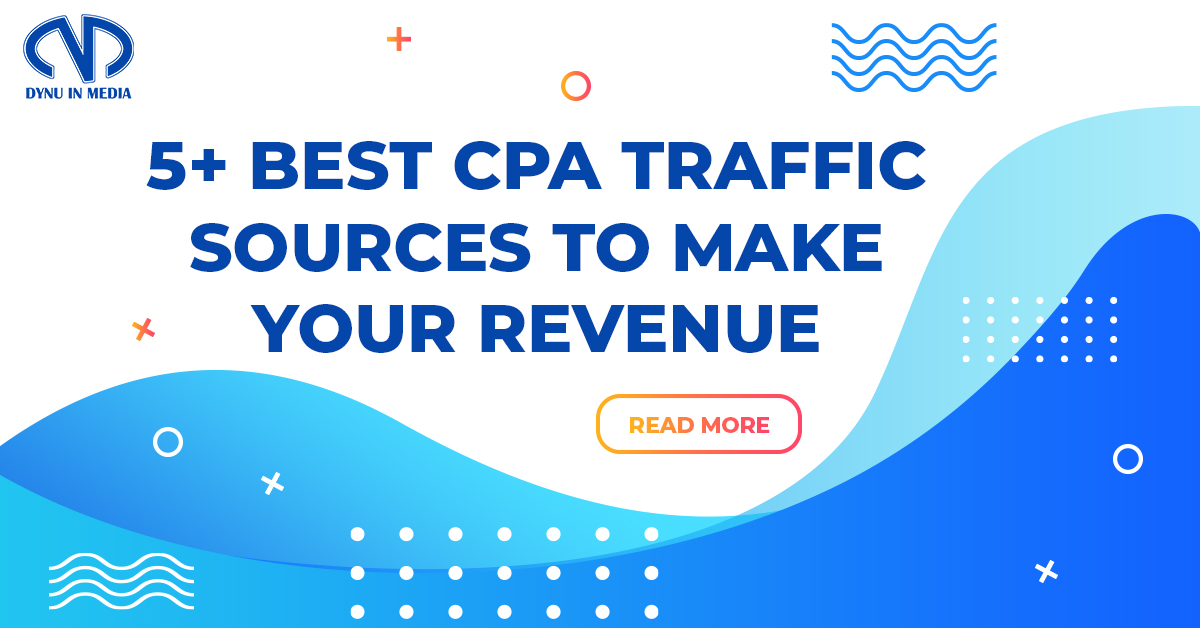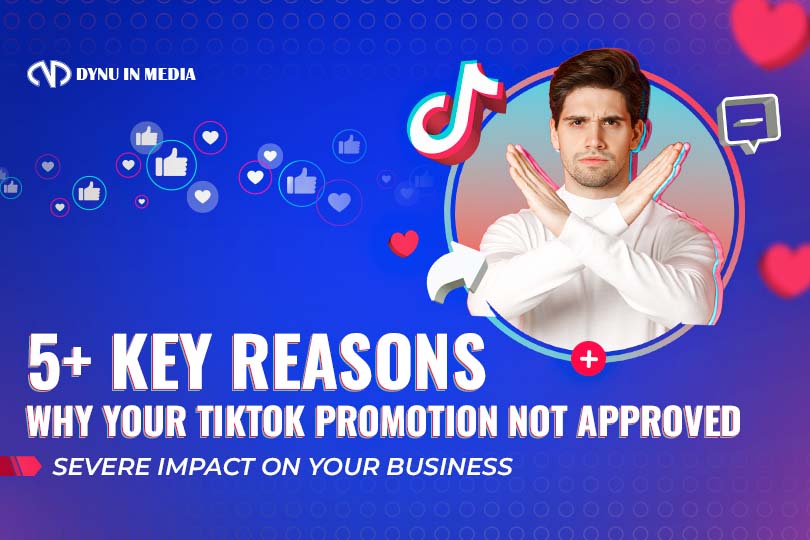What Is Click Fraud? How To Identify & Prevent It?
When it comes to pay-per-click (PPC) ads, organizations are usually concerned about click fraud—repeated clicks on an online advertisement to knowingly increase ad costs or gain revenue fraudulently. These clicks hurt your ad budget and skew your marketing initiatives. Therefore, in this blog, Dynu In Media will discuss the questions: What is click fraud? How can you identify and prevent it? Scroll down!

What is click fraud?
Click fraud indicates repeated clicking on a paid advertisement to manipulate its conversion rates, drain the advertising budget or mess up online customer data.
This action can be performed by different parties, including competitors, publishers, and customers. Whoever makes the click fraud creates unwanted acts on your PPC ads, bringing no actual marketing value due to the fraudulent clicks.
Click fraud comes in various types. And by acknowledging them, you know what your ads may confront and devise a solution accordingly. We’re breaking them down below.
Types of click fraud
Here are 10 types of click fraud:

- Click fraud bot – using bots to run the process of clicking on ads automatically.
- Ad fraud – publishers build a website to display ads that draw fake clicks for revenue.
- Pixel stuffing – publishers perform ad banners or text in a 1×1 pixel to make them invisible on viewers’ screens. That way, viewers watch online ads without their notice.
- Click farms – this term describes people getting hired to click on ads many hours a day. Usually, these people are located in cheap-labor countries.
- Ad stacking – this type of click fraud is quite similar to pixel stuffing; yet, it’s a layer of multiple invisible ads on top of one another.
- Video viewing fraud – publishers use bots to view ads in the form of videos.
- Location fraud – by using a VPN application, the clicks will be detected as in another geographic region. This defrauds advertisers to make them think those clicks are from the expected areas.
- Competitor click abuse – competitors click on your ads repeatedly to increase your advertising cost.
- Incentivized traffic – this type of click fraud is usually seen in mobile games where players gain rewards from viewing ads. Publishers incentivize them to do so.
- Crowdsourcing – advertisers ask users who have no intention of buying something to click on ads with misleading information.
Is click fraud illegal?
Click fraud can be illegal in many countries since it’s considered deceptive business practices. It can easily fall under wire fraud which there are laws against, depending on what country you live in.
However, laws against digital fraud are usually not strict, or it’s challenging to prosecute scammers. Many historic prosecutions failed because of insufficient evidence; also, scammers are smart these days and they always prepare for the worst.
But that doesn’t mean there is no solution to avoid it. Before coming up with a solution, you have to detect where the problem is. Let’s move on to the next part and we’ll guide you to identify click fraud.
How can you identify a click fraud?
As an advertiser, you need to keep track of your online ad performance regularly to find noticeable signs that prove click fraud. These signs are:
- Super high CTR (Click-through Rates) with low CR (Conversion Rates),
- A weird spike in impressions with high bounce rates,
- An increase in your ad cost,
- Repeated clicks from a single ISP (Internet Service Provider) without conversions,
- Repeated clicks by users from unexpected geographic areas.
How can you prevent click fraud?

Once you detected click fraud, follow these steps to prevent them:
- Keep watch on user behaviors. If you find the clicks suspicious, surveil them with ad tools such as Good Adwords and Google Analytics. These tools allow you to check users’ geo areas, ISPs, and how many times a single user repeats a click. You can report the click fraud to the Google Adwords Quality team.
- Keep track of competitors. Are they running the same ad campaign as yours? Are they wicked business owners? Feel free to get doubtful when it comes to preventing click fraud. Use click-tracking software to collect evidence of competitors performing click fraud on your ads.
- Use fraud-blocking software. Many tools were built to detect suspicious traffic and be able to block it entirely whether automatically or under your moderation.
- Use software programs to extract referral reports. These reports tell you what websites send fraudulent traffic to your ad-targeted website.
- Set different ad budgets on separate platforms. By not focusing on a single ad, you can share financial risks among different platforms while avoiding ad-spend increases due to deceitful clicks.
It’s pretty hard to stop click fraud immediately because of the attack from global fraud and loose laws against it. This especially happens many times in affiliate marketing. Aside from the above solutions, organizations in competitive markets rely on powerful affiliate networks like Dynu In Media. These networks provide the best-qualified publishers to promote advertisers’ products.
Also, by partnering with such a third-party platform, advertisers can earn sales without running a PPC ad themselves. Instead, they pay for only real conversions! Register for Dynu In Media today — we say NO to click fraud.
In conclusion, what is click fraud? Click fraud is the act of data manipulation that damages the advertiser’s budget and marketing attempts. Since those fake clicks come from bots, scammers, or nontargeted audiences, they can harm your ad campaign in the long run if you don’t get rid of them soon. Or, become an advertiser in our affiliate network where click fraud is no longer a nightmare.








